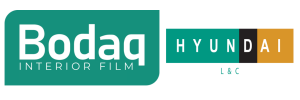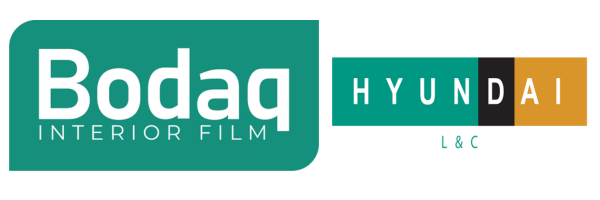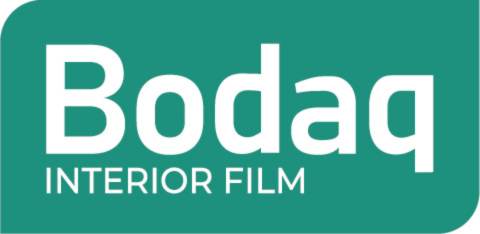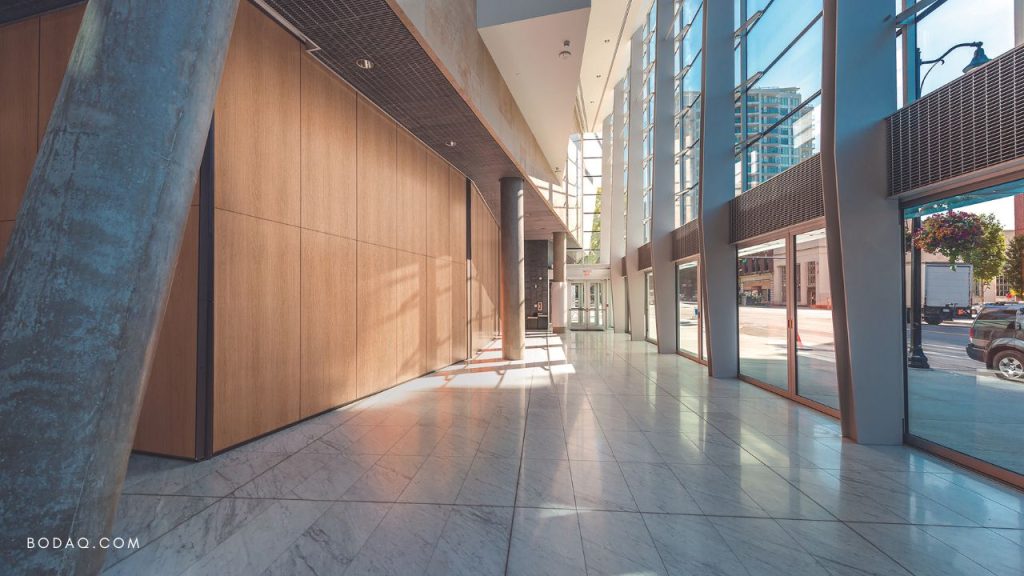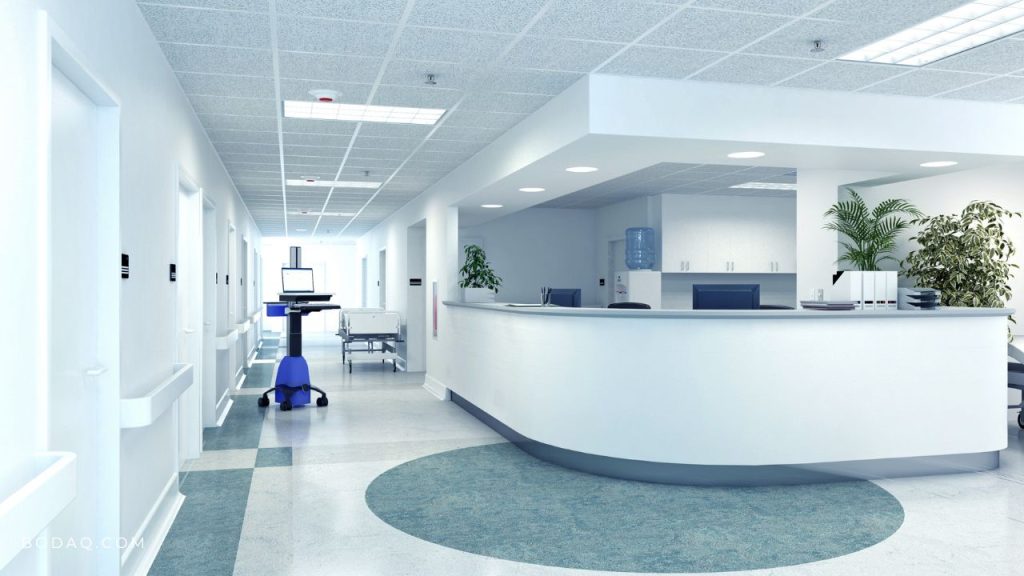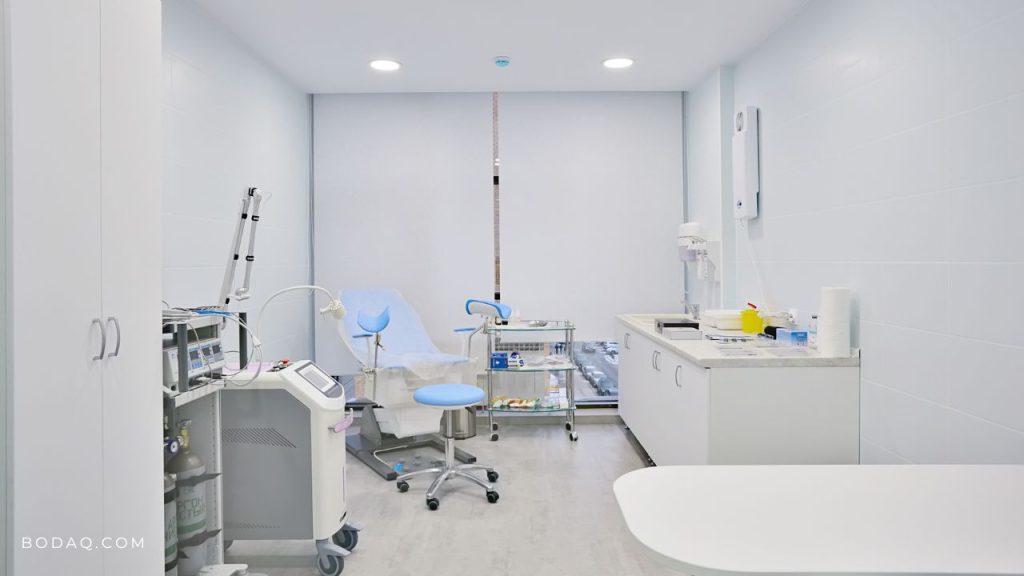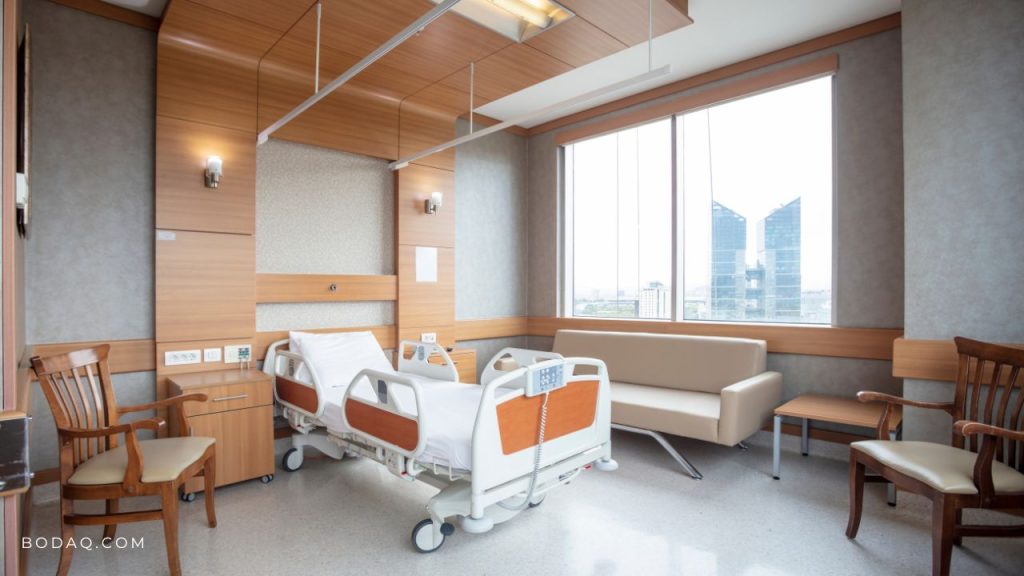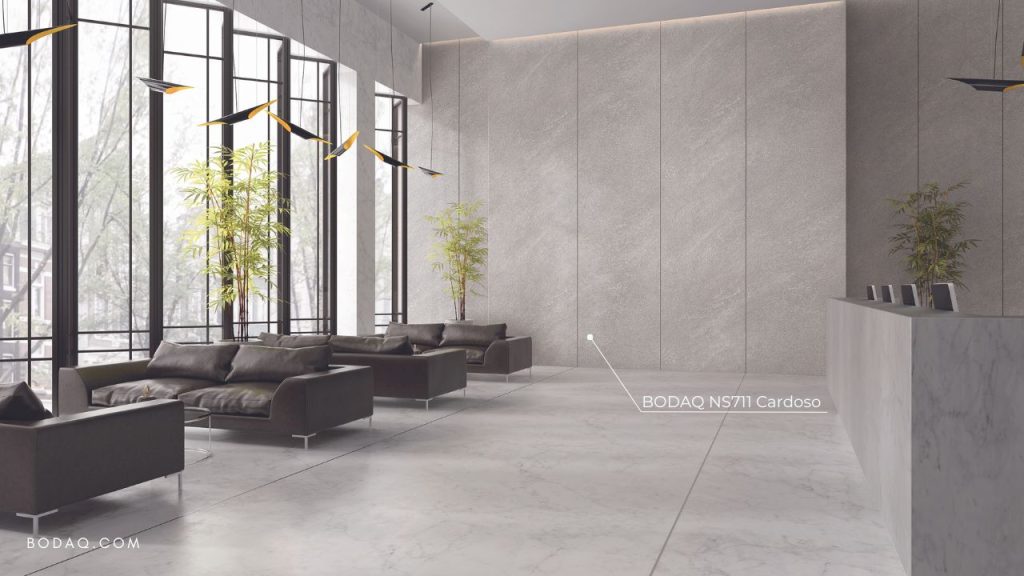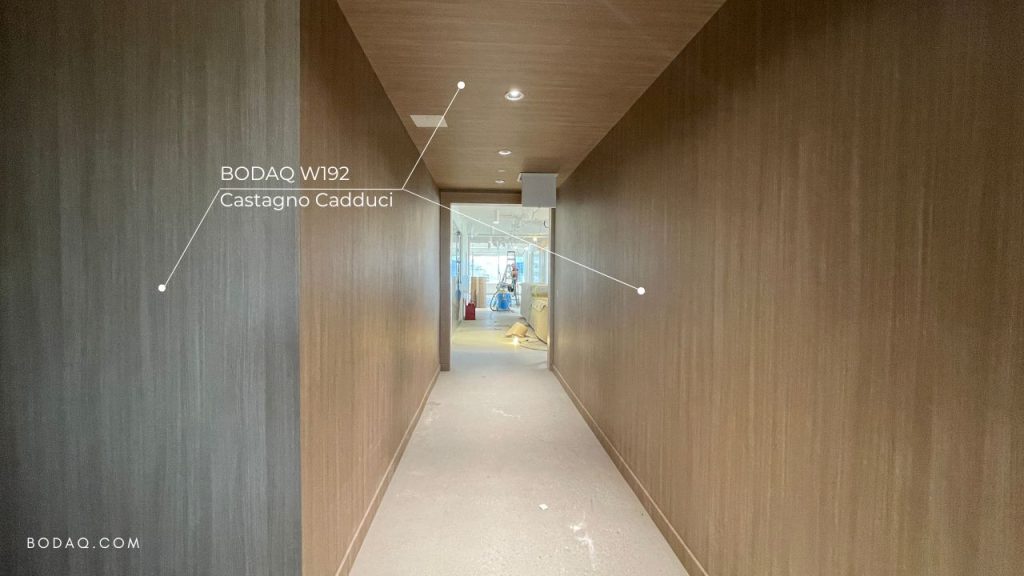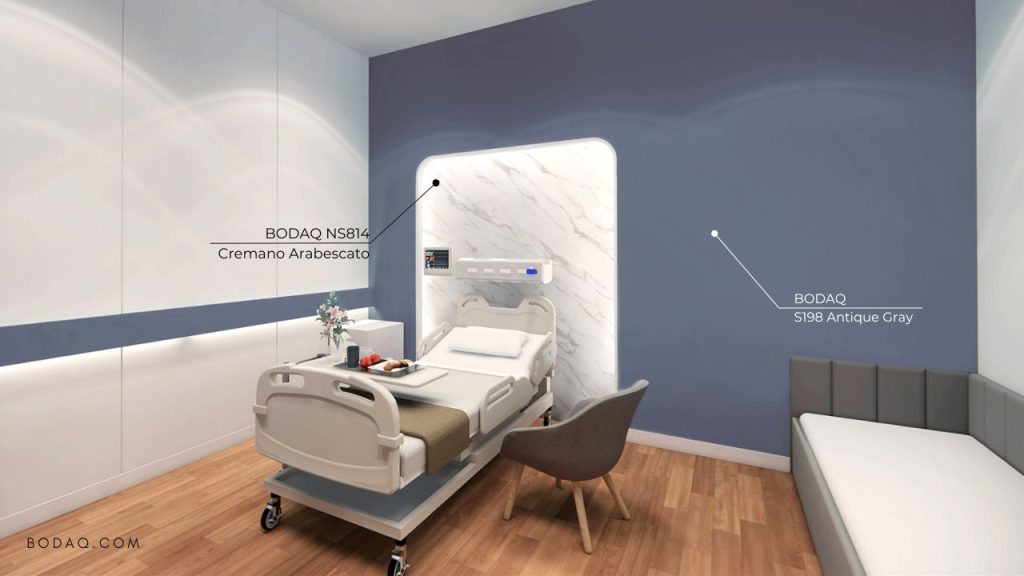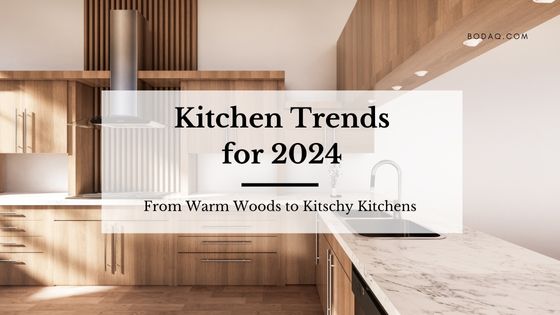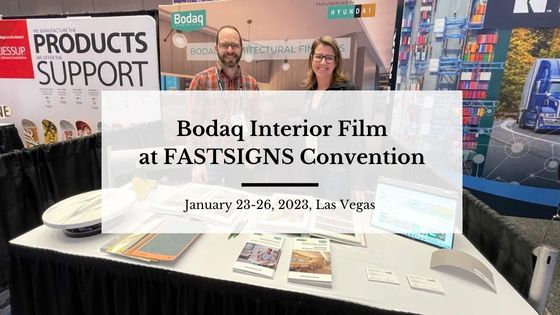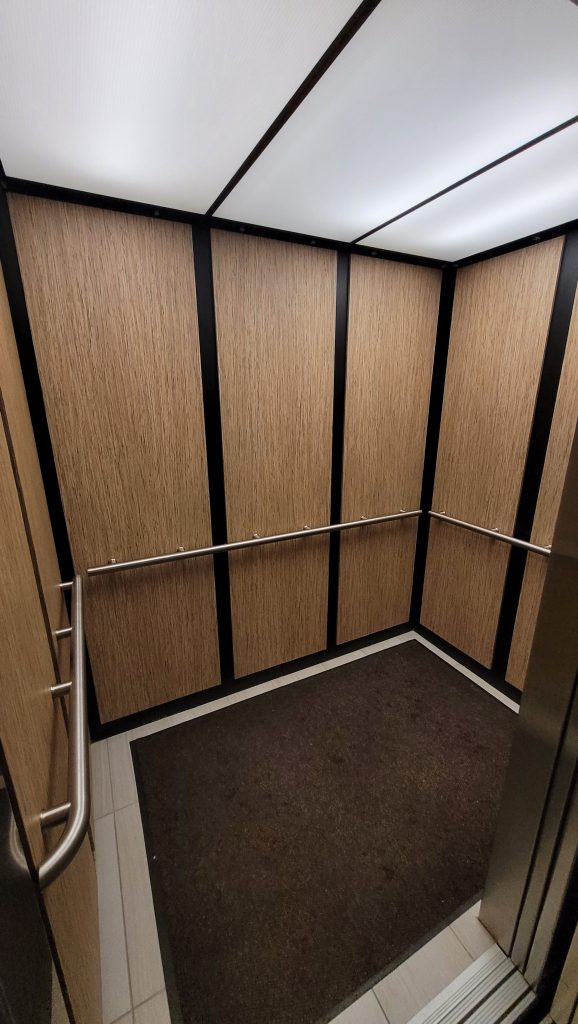Revolutionizing Healthcare Design
Table of Contents
In the realm of healthcare, design isn’t just about aesthetics—it plays a crucial role in promoting safety, improving efficiency, and enhancing the overall well-being of patients, staff, and visitors. The integration of innovative materials like Bodaq Architectural Film is at the forefront of this transformation, ensuring that healthcare environments are not only visually appealing but also meet the highest standards of hygiene, safety, and sustainability.
How to Enhance Safety & Sustainability with Bodaq Architectural Film
Healthcare facilities are complex environments where patient outcomes, staff efficiency, and infection control are heavily influenced by the quality of design. Bodaq architectural film offers a unique solution by modernizing these spaces, addressing common challenges, and creating environments that promote healing. From wall panels in hospital lobbies to surfaces in examination rooms, Bodaq film offers an eco-friendly, durable, and safe option for resurfacing healthcare spaces.
Why Healthcare Design Matters
Healthcare design is more than just creating functional and beautiful spaces—it directly impacts the health and well-being of patients, caregivers, and staff. Well-designed spaces can promote faster recovery, reduce stress, and improve overall patient experiences. In addition, healthcare design focuses on infection control, operational efficiency, and compliance with strict regulatory standards.
A clean environment is essential for any healthcare facility, and Bodaq offers a wide range of white patterns to help create that pristine, hygienic look. These patterns not only enhance the aesthetic but also contribute to a sense of cleanliness and professionalism.
Key Aspects of Healthcare Design:
✅ Patient Comfort and Safety
Thoughtfully designed spaces reduce patient stress and create environments that support healing. Design can also help reduce the risk of falls, improve accessibility, and promote a calming atmosphere.
✅ Infection Control
Materials that are easy to clean and maintain play a crucial role in preventing the spread of infections. Bodaq antibacterial and antifungal properties are essential in healthcare settings, ensuring hygienic conditions.
✅ Staff Efficiency
Efficient layouts and functional designs streamline workflows, reduce fatigue, and optimize patient care. For example, simple adjustments to the design of nurses’ stations or patient rooms can have a significant impact on staff productivity.
✅ Environmental Impact
As healthcare facilities consume a large amount of resources, the push toward sustainability is more important than ever. Eco-friendly materials, energy-efficient designs, and reduced carbon footprints are critical components of modern healthcare design.
NS711 Cardoso interior film applied to the walls in the reception and waiting areas.
Driving Forces Behind Healthcare Design
Several factors influence the evolving landscape of healthcare design:
➤ Patient Safety and Well-being
Every design element must prioritize patient safety, from minimizing hazards to incorporating materials that aid in infection control. Comfort is also a key aspect, with environments designed to reduce patient stress and anxiety, contributing to improved health outcomes.
➤ Regulatory Compliance
Healthcare facilities must adhere to strict guidelines from governing bodies that ensure patient safety, hygiene, and accessibility. These regulations require careful planning and consideration of materials and design strategies that meet the highest safety standards.
➤ Efficiency and Workflow Optimization
Streamlining workflows is essential in healthcare design. Thoughtfully planned spaces help reduce staff fatigue, improve patient flow, and enhance overall operational efficiency.
➤ Sustainability and Environmental Responsibility
With increasing awareness of the environmental impact of healthcare facilities, the use of eco-friendly materials and designs that conserve energy and resources is a growing priority. Sustainable design contributes to a healthier planet while improving the overall well-being of patients and staff.
➤ Technology Integration
Today’s healthcare environments must accommodate cutting-edge medical technologies. Seamlessly incorporating medical devices and systems into design layouts improves diagnostics, treatment, and overall patient care.
• Safety for Children •
Bodaq film is non-toxic, ensuring that spaces designed for children, such as pediatric wards and playrooms, remain safe and free from harmful chemicals. Its durable and easy-to-clean surface is ideal for high-traffic areas.
• Antibacterial and Antifungal Properties •
Certified for its antibacterial and antifungal properties, Bodaq film inhibits microbial growth, ensuring that healthcare facilities maintain the highest levels of hygiene. These features make it ideal for surfaces in patient rooms, operating theaters, and examination areas.
• Eco-Friendly and Sustainable •
Bodaq film’s eco-friendly nature is an asset for healthcare institutions looking to reduce their environmental footprint. The film made using energy-efficient processes, emphasizes contribution to waste reduction and resource conservation.
• No Volatile Organic Compounds (VOCs) •
Bodaq film is free from harmful chemicals like formaldehyde and phthalates, ensuring excellent indoor air quality. This is particularly important in healthcare settings where patients’ immune systems may be compromised.
• Easy Installation and Maintenance •
One of the advantages of Bodaq architectural film is its easy installation and low maintenance. Whether resurfacing outdated cabinetry, walls, or furniture, Bodaq film offers a cost-effective, quick solution without time-consuming renovations.
Why Bodaq Film is a Game-Changer for Healthcare Design
By incorporating Bodaq architectural film into healthcare design, facilities can enhance safety, sustainability, and aesthetics without compromising functionality. The film’s antibacterial properties, eco-friendly manufacturing, and stylish finishes make it a top choice for hospitals, clinics, and healthcare centers seeking modern solutions that prioritize patient care and environmental responsibility.
Bodaq film creates a harmonious balance between design and performance, providing healthcare facilities with an innovative way to modernize their spaces while maintaining the highest standards of safety and hygiene.
Frequently Asked Questions (FAQ) about Healthcare Design
- Why is healthcare design important?
Healthcare design directly impacts patient outcomes, staff efficiency, and overall well-being. It ensures spaces are safe, hygienic, and conducive to healing.
- What is healthcare design?
Healthcare design involves planning, construction, and maintenance of medical facilities tailored to meet patient, caregiver, and staff needs, prioritizing factors like safety, accessibility, and comfort.
- What drives healthcare design?
Factors driving healthcare design include patient safety, regulatory compliance, workflow optimization, technology integration, and sustainability goals, among others.
- What is the meaning of health design?
Health design refers to the process of designing environments, products, and services with the primary goal of improving the health and well-being of individuals. In the context of healthcare facilities, health design focuses on creating spaces that promote healing, ensure safety, and optimize functionality for patients, caregivers, and staff.
- What is the meaning of medical design?
Medical design encompasses the creation and layout of medical facilities, devices, and systems that are specifically tailored to meet the needs of healthcare settings. It integrates elements of functionality, safety, and efficiency to ensure that the spaces and tools used in healthcare improve patient outcomes and facilitate smooth, effective operations.
- What is an example of a healthcare design product?
An example of a healthcare design product is Bodaq Architectural Film, which is used to resurface walls, cabinets, and other surfaces in healthcare facilities. Its antibacterial properties, eco-friendly materials, and durable finishes make it ideal for maintaining hygiene while enhancing the aesthetic appeal of healthcare environments.
